You Should Know This Thing_The 808
Another post in a series of creative people (and now things) that have inspired me, that I believe will inspire you.
Everybody gettin’ down make no mistake
Nothing sounds quite like an 8…0…8
~The Beastie Boys
The 808 was a thing — in every sense of the word, “thing.”
It was born as a drum machine. A tool. A way for musicians to make demos. And amateurs to have fun with sound. But it became so much more.
And it’s why you should know this thing.
The 808’s origin story actually starts with Ikutaro Kakehashi, the founder of Roland, a Japanese manufacturer of electronic musical instruments and equipment. A life-long tinkerer and music lover, Kakehashi had a personal mission: to make music accessible to everyone. Kakehashi had no musical training himself, and he wanted musical instruments to be “inexpensive, intuitive, small, and simple” so that “anyone could play them, with no musical skill necessary.”
Kakehashi intended to make a device that could help create rhythms without the use of expensive studio time and drummers. And he hoped the 808 would be a great tool for making demo recordings.
So he developed the TR-808. A drum machine for the professional market that he expected would mainly be used to create demos. An inexpensive machine that would play realistic drum sounds generating those sounds using analog synthesis.
Broken Parts, Brilliant Sound
The 808’s legendary sound wasn’t the result of cutting-edge engineering. It came from deliberately using broken parts.
Kakehashi bought batches of cheap transistors that failed quality control. These faulty 2SC828-R transistors produced a weird “sizzle”—a defect that engineers hand-marked as 2SC828-RNZ and purposely built into the 808.
Think about that for a second. They weren’t trying to make perfect parts work perfectly. They were making imperfect parts work beautifully.
The engineers systematically tested these “broken” transistors for white noise output with a specific spectral profile—about 130mV RMS—something you literally couldn’t replicate with standard components. They turned a manufacturing defect into a feature.
But here’s the kicker: When transistor manufacturing got better and those special noisy components disappeared, Roland couldn’t build the 808 anymore. They discontinued it in 1983 because perfection killed the magic.
The machine’s “imperfections” became its signature sound.
The $100 Revolution Nobody Saw Coming
The 808 launched in 1980. But after selling a mere 12,000 units, it was pulled from the shelves. And seen as a flop. That is until it hit the used market a few years later. Originally priced at $1,195 (about $4,560 in today’s money), the 808 flooded the used market for under $100 by the mid-1980s. And that 93% price drop sparked a cultural revolution.
The 808 went from being a studio tool for professionals to being a bedroom essential for outsiders. For anyone with more creativity than cash—it was suddenly within reach.
Back in the day, legendary producer Rick Rubin taught himself to program the 808 without even reading the manual. He discovered that if you extended the bass drum’s decay and played with the pitch, you could create entire bass-lines. That technique became the Def Jam signature sound, heard on early Run-DMC tracks and LL Cool J’s “I Can’t Live Without My Radio.”
Meanwhile, Afrika Bambaataa made “Planet Rock” after Arthur Baker booked a $20 studio session through a classified ad that read: “Man with drum machine.” That single track helped birth both electro and hip-hop simultaneously.
Lower price. Wider access. Cultural explosion.
That’s how revolutions actually work.
And here is a mere sampling of early 808 masterpieces:
Marvin Gaye – “Sexual Healing” (1982)
Smooth, sensual, and built around the 808’s warm, slow groove. This track showed how the 808 could create intimate, hypnotic rhythms beyond just hip-hop, helping establish it as a versatile tool for R&B and soul.
Yaz – “Don’t Go” (1982)
This synth-pop classic used the 808’s crisp handclaps and snare to create an irresistible dance groove. It demonstrated how the machine could bridge electronic music and pop sensibilities, becoming a club anthem that still packs dancefloors today.
Run-D.M.C. – “It’s Like That” (1983)
Raw, minimal, and punchy—pure early hip-hop. The track’s stripped-down 808 pattern became a template for countless rap songs, proving that sometimes less is more when it comes to rhythm.
New Order – “Blue Monday” (1983)
The best-selling 12” single of all time featured the 808’s distinctive kick drum prominently in the mix. This track showed how post-punk bands could embrace drum machines without losing their edge, influencing decades of electronic-rock fusion.
Beastie Boys – “Paul Revere” (1986)
That reversed 808 beat? Pure innovation. The track’s playful manipulation of the machine’s sounds showed how hip-hop producers were turning the 808 into an instrument of pure creativity, not just rhythm.
LL Cool J – “Going Back to Cali” (1987)
Laid-back boom-bap beat made sleeker by the 808’s punch. This track exemplified how the West Coast was adopting the 808 sound, creating a more relaxed but still hard-hitting style that would influence G-funk and beyond.
From Bedroom to Grammy
Fast forward to today, and the 808’s democratizing power is stronger than ever. Artists like Billie Eilish and Finneas made Grammy-winning music entirely at home. When Finneas accepted his Grammy, he dedicated it to “all the kids making music in your bedroom.”
The lineage from that $100 drum machine to bedroom Grammys is direct.
Modern music software reflects this legacy. Software today comes preloaded with 808 kits. Plugins let anyone make 808 beats with more control than the original hardware ever had. The sound that once cost $1,195 is now free—and more powerful than ever.
But here’s what’s really wild: Streaming platforms like Spotify actually favor music rich in 808s. The bass hits meet loudness standards. The punchy rhythms align with favored BPMs. These tracks score high in algorithmic categories like “energy” and “danceability.”
That gives 808-heavy music a leg up in discovery. Bedroom producers with free 808 samples now compete on equal footing with big-label artists—just like early hip-hop did against legacy studios.
The same broken drum machine that democratized music creation is now democratizing music discovery.
The Real Lesson
The TR-808 proves something important about innovation: The most revolutionary tools aren’t always the best tools. They’re the most accessible tools.
The Linn LM-1 had better sound quality. But the 808 was cheaper, more programmable, and endlessly modifiable. That made it more powerful in the long run.
Accessibility beat perfection.
The 808 also broke open the definition of “musician.” No guitar lessons required. No studio access needed. Just a machine, some imagination, and the willingness to experiment. Programming beats became performance. Looping bass-lines became composition. Artists became producers, engineers, and mixers—often all at once.
As Public Enemy’s Hank Shocklee put it: “The lines between performer and producer broke down from both ends.”
Why This Matters Now
Today’s creator economy—from TikTok stars to SoundCloud rappers—stands on the shoulders of the 808. The machine Roland gave up on ended up changing music forever.
You see, sometimes the best innovations come from constraints, not abundance. Sometimes the most important products are the ones that “fail.” And sometimes, the future is built not by perfecting what exists, but by making the imperfect accessible to everyone.
The Roland TR-808 was a commercial disaster that became a cultural revolution.
All it took was some broken parts, a price drop, and with a little creativity…then…mic drop.




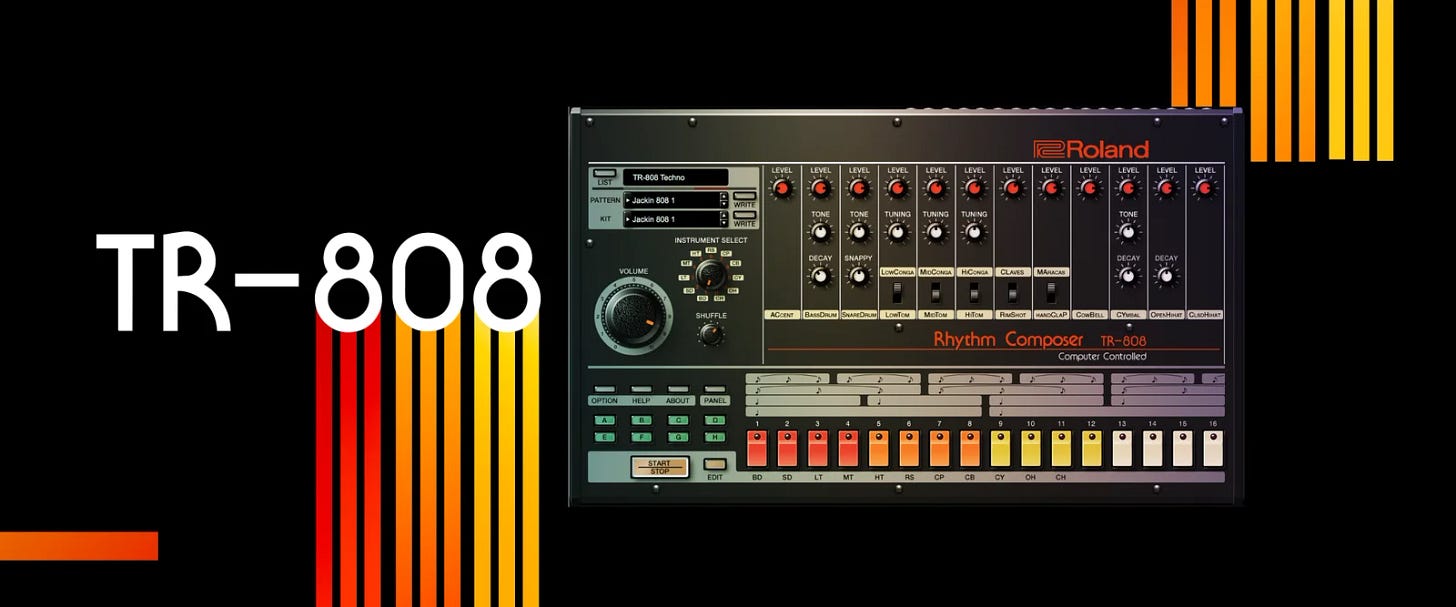
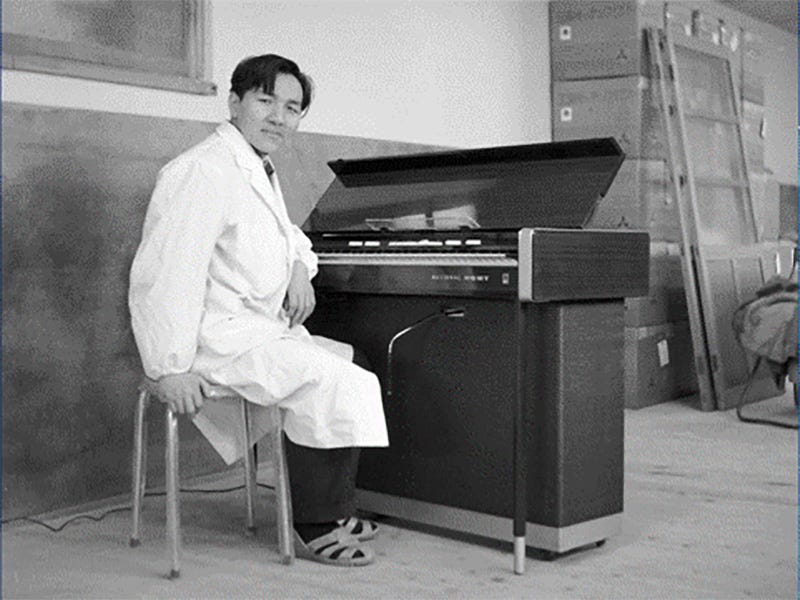
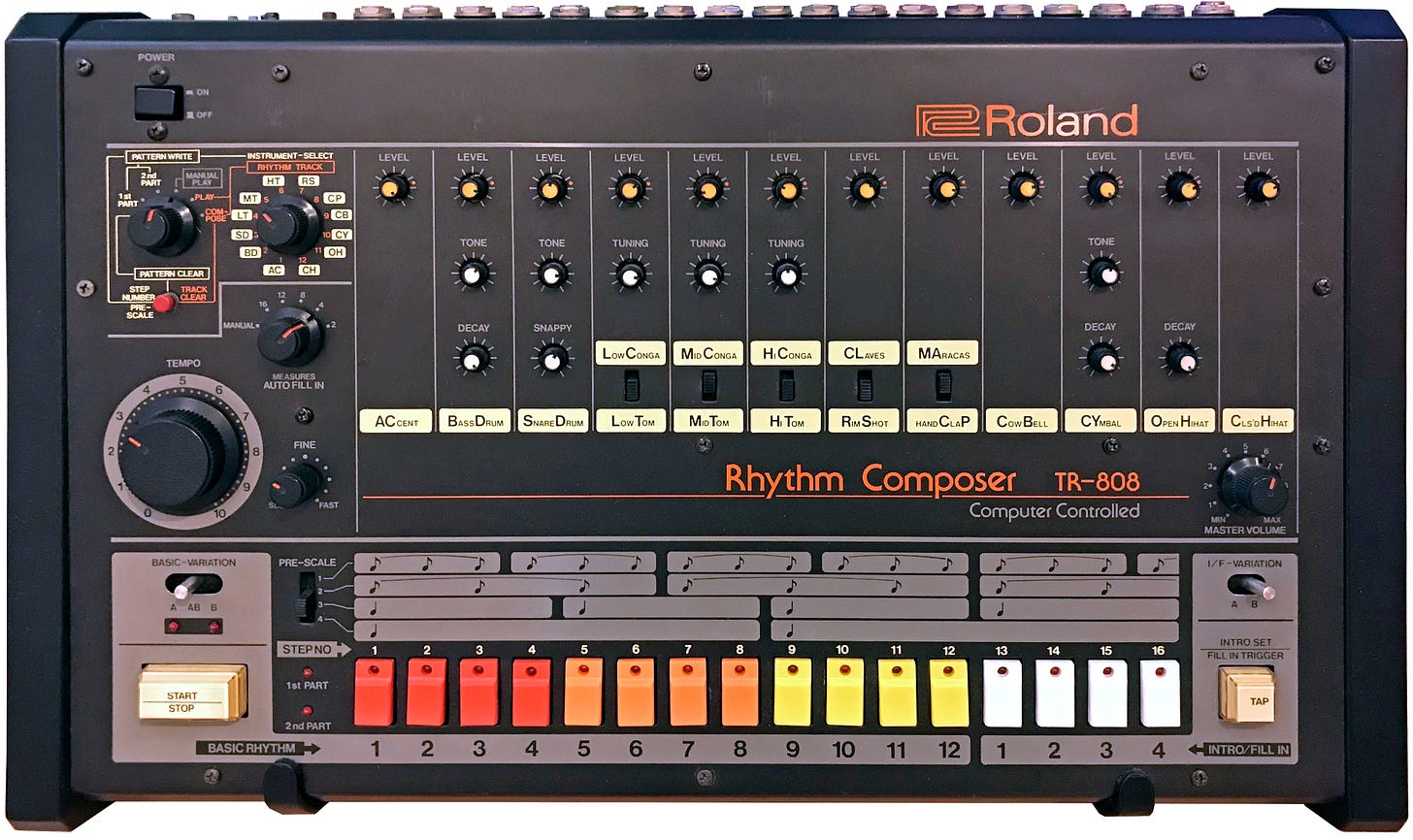

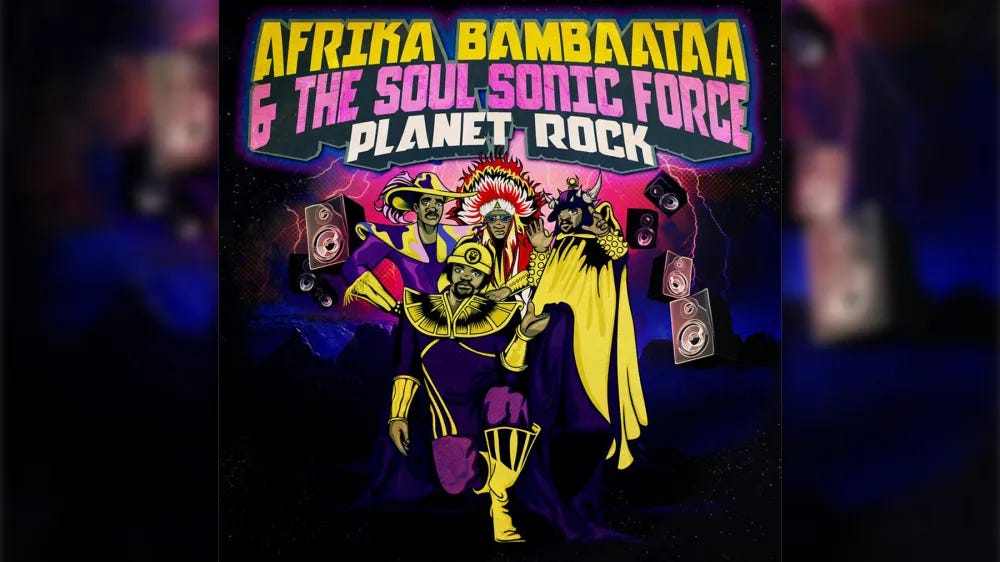

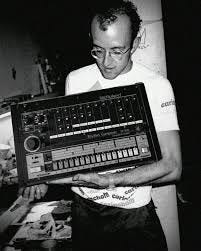

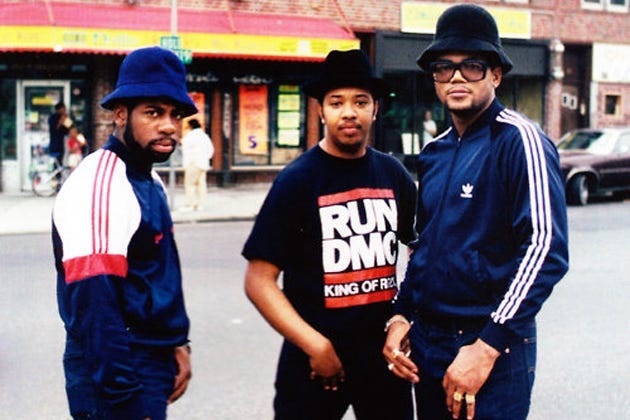
What a great post. The printing press wasn't a success off the bat, either.
LOVE. Has all the things and makes me even more excited about AI tech in the right hands going forward. Once rewrote the Fanta jingle, Mike Will Made it used the 808 and explained it ... fascinating!